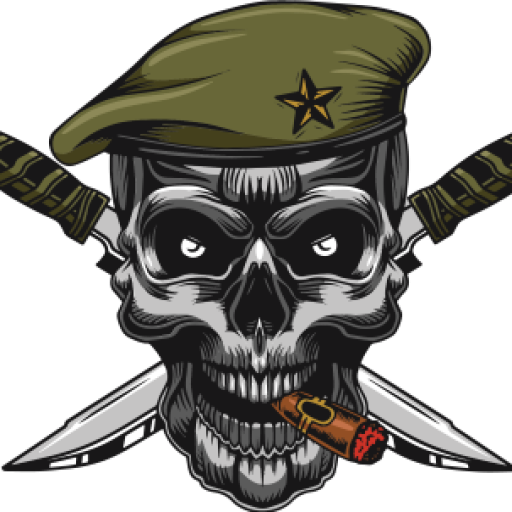The Philippine Marine Corps (PMC) is the marine corps branch of the Armed Forces of the Philippines. It is responsible for conducting amphibious and expeditionary warfare, as well as providing maritime security and defense. Here are some key points about the Philippine Marine Corps:
- Role and Mission:
- The primary mission of the Philippine Marine Corps is to conduct amphibious operations and defend Philippine territory from external threats.
- They are trained to operate both on land and at sea, making them a versatile force capable of responding to various security challenges.
- History:
- The Philippine Marine Corps was officially established on November 7, 1950. It traces its roots to the Marine Battalion, which was formed during World War II.
- Throughout its history, the PMC has been involved in various military operations, including counter-insurgency campaigns and peacekeeping missions.
- Training:
- Marine recruits undergo rigorous training that includes physical fitness, marksmanship, combat tactics, and amphibious warfare.
- The PMC often collaborates with allied military forces for joint training exercises to enhance its capabilities.
- Equipment:
- The Philippine Marine Corps is equipped with a range of military hardware, including small arms, armored vehicles, artillery, and naval assets.
- The equipment is aimed at supporting their mission of defending the country’s coastal and maritime areas.
- Deployment:
- The PMC is deployed in various locations across the Philippines to address security concerns, including internal conflicts and external threats.
- They play a crucial role in supporting the overall defense strategy of the Armed Forces of the Philippines.
- Humanitarian Assistance and Disaster Response (HADR):
- In addition to its military roles, the PMC is often involved in humanitarian assistance and disaster response operations, leveraging its amphibious capabilities to provide aid in affected areas.
- Modernization Efforts:
- Like other branches of the Armed Forces of the Philippines, the Philippine Marine Corps has undergone modernization efforts to enhance its capabilities and address evolving security challenges.
